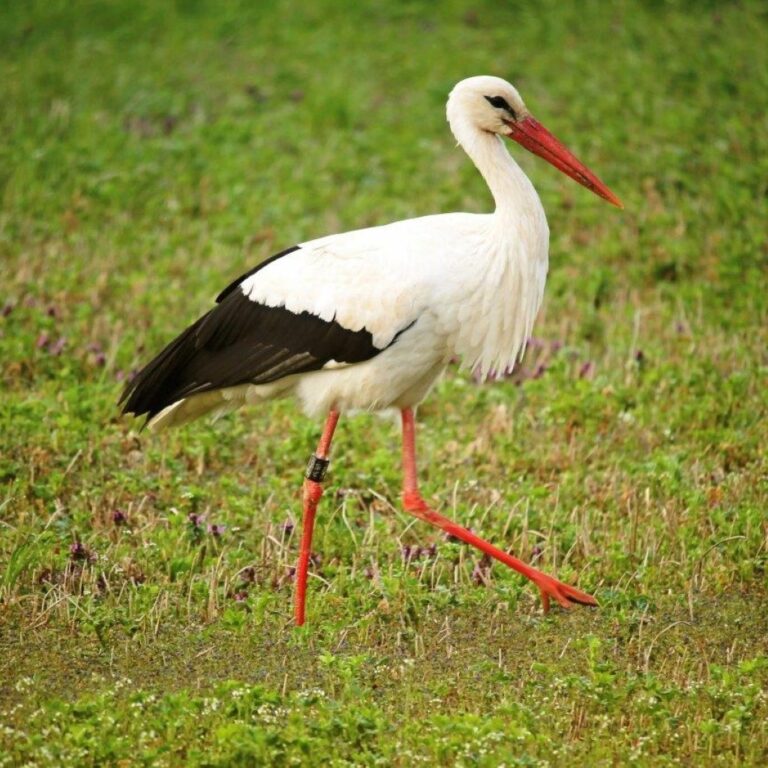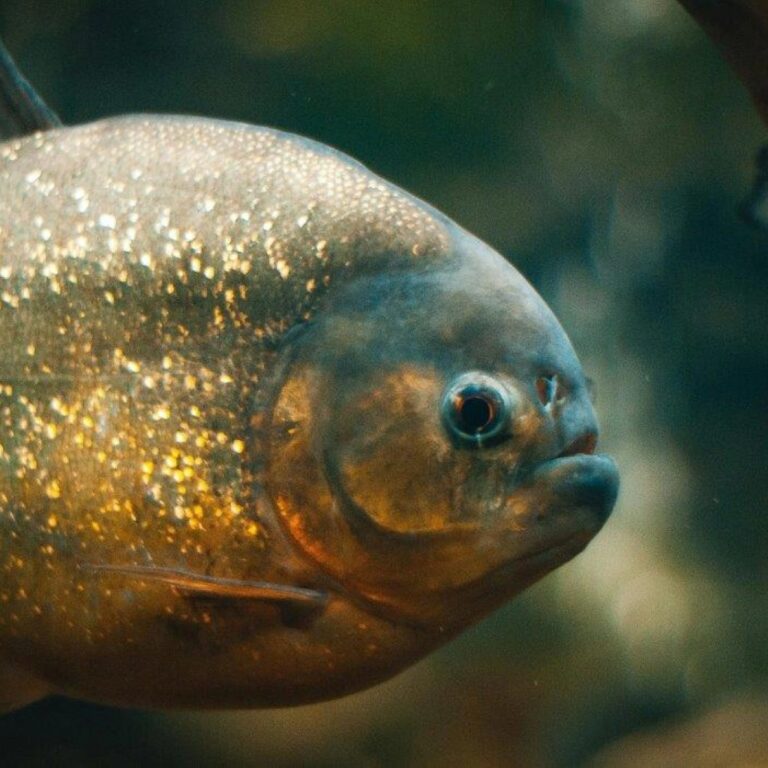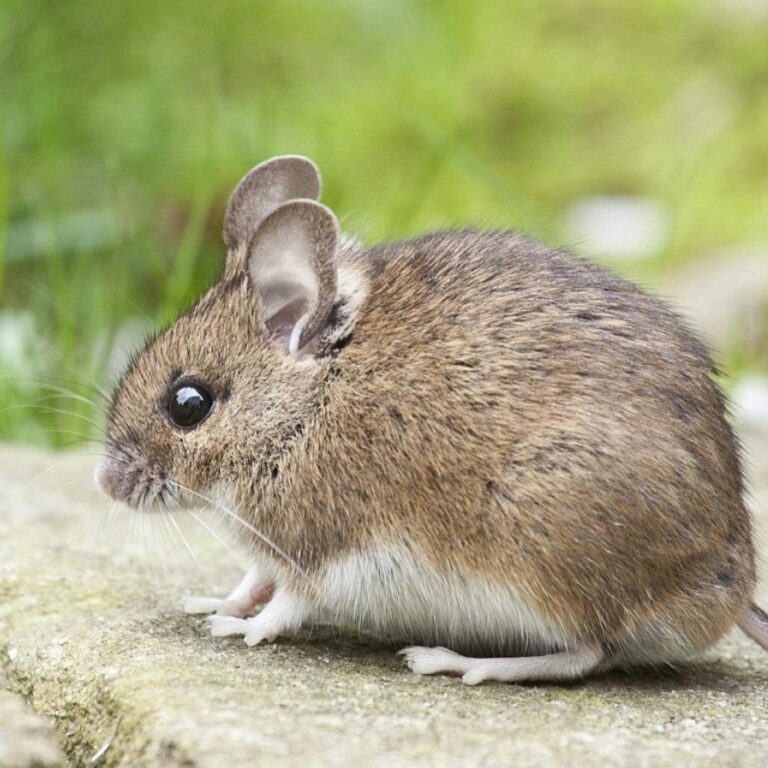There are 19 species of storks, including the white stork, black stork, and marabou stork. They are found in a variety of habitats, including wetlands, savannas, and forests, across Europe, Asia, Africa, and the Americas.
Storks are large birds, with wingspans that can reach up to 10 feet in some species, like the marabou stork. Their long, broad wings make them excellent gliders, and they can soar for hours without flapping.
Storks are known for their impressive migrations. The white stork, for example, migrates between Europe and Africa, covering thousands of miles each year. They often follow specific routes, using thermals to conserve energy during long flights.
Storks are carnivorous and feed on a variety of prey, including fish, frogs, insects, small mammals, and even other birds. They use their long, pointed bills to catch and swallow their prey whole.
The white stork is famous for its large, bulky nests, which are often built on rooftops, chimneys, and tall trees. These nests are reused year after year and can become quite massive, sometimes reaching over 6 feet in diameter and weighing several hundred pounds.
Storks are often solitary or live in pairs, but during migration and breeding seasons, they may gather in large flocks. These gatherings can include hundreds or even thousands of individuals.
In many cultures, storks are symbols of good luck, fertility, and family. The legend of the stork delivering babies is a popular folklore in Europe and has been passed down for generations.
Storks have a unique way of communicating, as they are generally silent birds. They use a behavior known as 'bill-clattering,' where they rapidly open and close their bills, producing a loud, clattering sound, often during courtship or when greeting their mates.
The marabou stork, found in Africa, is known for its distinctive appearance, including a bald head, long legs, and a large, inflatable throat pouch. It is often seen scavenging near water bodies and is sometimes referred to as the 'undertaker bird' due to its somber appearance.
Storks are monogamous and usually form long-term pair bonds. Both parents share the responsibility of incubating the eggs and feeding the chicks, which hatch after about 30 to 35 days.
Stork chicks are born altricial, meaning they are helpless and rely entirely on their parents for food and protection. The parents regurgitate food for the chicks until they are ready to fledge.
The lifespan of storks can vary, but many live between 15 to 30 years in the wild, depending on the species and environmental factors. In captivity, they can live even longer.
The black stork is more reclusive than the white stork and prefers to nest in remote forests near rivers and wetlands. It is less commonly seen by humans and is considered more vulnerable due to habitat loss.
Storks are highly adaptable birds and can live in a variety of climates and environments. However, they are still threatened by habitat destruction, pollution, and hunting in some regions.
Conservation efforts are important for protecting stork populations, particularly for species that are endangered or vulnerable. Wetland preservation, protection of nesting sites, and reducing human disturbances are crucial for their survival.



